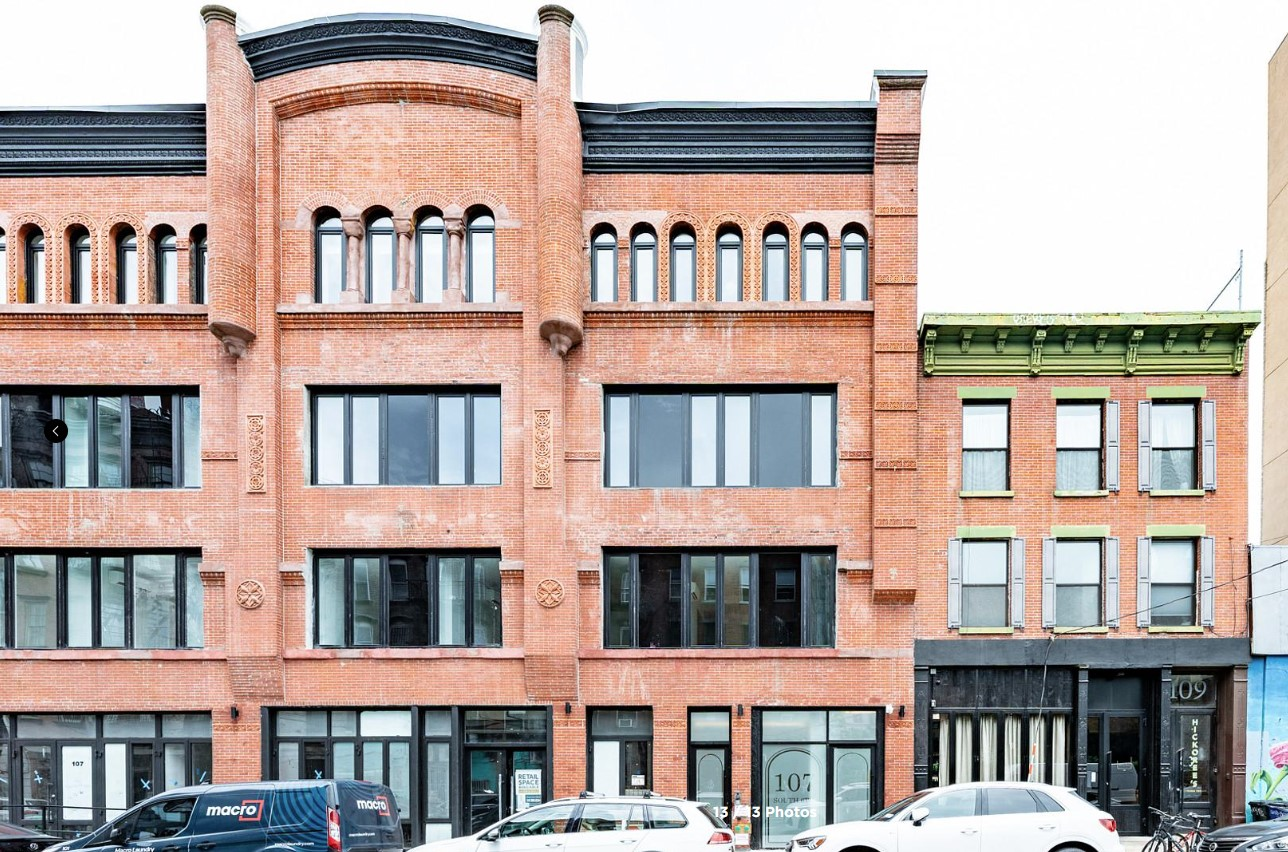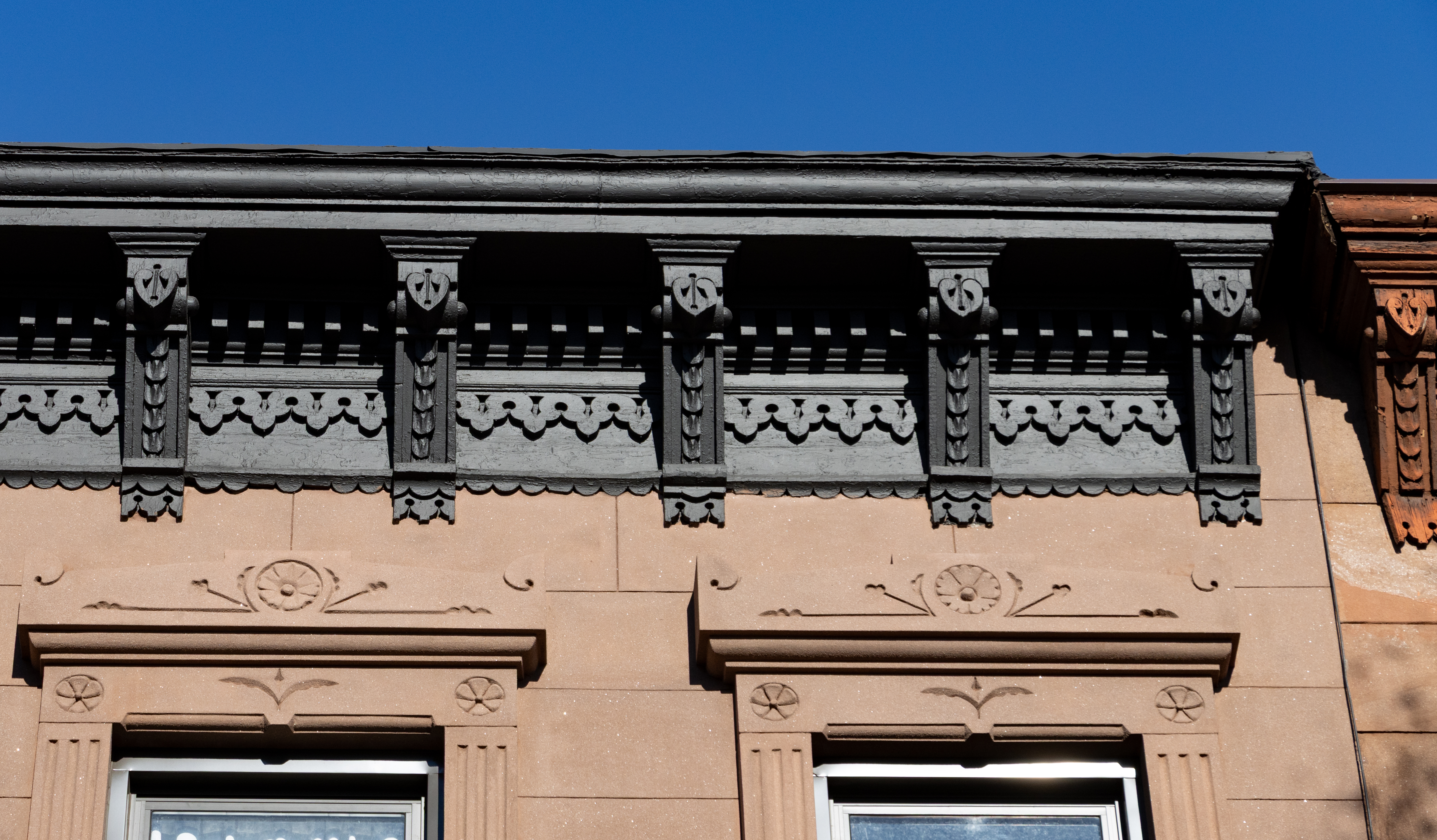Inside Third & Bond: Week 26
Reading the Times last Sunday, we took pause at the cover story in the Real Estate section on maintenance. The article lamented that gone are the days when $1 per square foot was a good rule of thumb for maintenance costs. Manhattan buildings without doormen are averaging $1.22/SF, while some buildings are seeing as much…


Reading the Times last Sunday, we took pause at the cover story in the Real Estate section on maintenance. The article lamented that gone are the days when $1 per square foot was a good rule of thumb for maintenance costs. Manhattan buildings without doormen are averaging $1.22/SF, while some buildings are seeing as much as $3/SF. Three dollars?! One dollar?! Our estimated maintenance costs at Third & Bond are hovering around $0.45/SF, although we don’t have the expensive payroll of concierges, doormen & porters to fund.
The table below is our draft Schedule B, mentioned in previous posts about the Offering Plan. It lists the items we include in common charges and also gives an idea of how we get to the total.

Simply put, Third & Bond is not as maintenance intensive compared with projects that have lobbies, elevators, exercise rooms, or common terraces. We don’t have a live-in super. Third & Bond is much more akin to brownstone living than tower living, and this was a conscious decision on our part based on the kind of project we thought was appropriate for the site.
In terms of a cost comparison, below is a chart of other projects, some like J Condo are unlike Third & Bond in that they are high rise towers with numerous common amenities. Others are more like Third & Bond, such as L3, 5one5 Fifth Ave, and 321 Union Street.

J Condo maintenance charges for the residential portion of the building are about $0.70/SF. Even this is pretty reasonable considering that it’s a 33-story tower and the 11- and 12- story buildings going up along 4th Avenue are looking at maintenance costs of $0.60-$0.80. Of course, once you cover the major items like elevators, a couple extra floors to vacuum and mop aren’t going to add up as fast. Interestingly, our quick look at a couple of luxury projects in Manhattan shows that common charges can still be found for the old $1/SF rule of thumb, or less.
Other buildings, more appropriate comparisons to Third & Bond, like L3 and 5one5 Fifth Ave, have common charges closer to our projections at Third & Bond even less. But being a small project doesn’t necessarily mean lower maintenance: 321 Union Street has a maintenance of almost $0.60/SF for just 8 units—and their sales prices were reportedly close to $790/SF so there wasn’t an apparent break on purchase price.
We hope that our buyers, while missing some of the services available for a high-rise, will appreciate the much lower common charges. Also, piña coladas and walks along the Gowanus Canal…especially after that amazing Public Place site plan B is developed.
Inside Third & Bond: Week 25 [Brownstoner]
Inside Third & Bond: Week 24 [Brownstoner]
Inside Third & Bond: Week 23 [Brownstoner]
Inside Third & Bond: Week 22 [Brownstoner]
From our lawyers: This is not an offering. No offering can be made until an offering plan is filed with the Department of Law of the State of New York.”





Have there been any renderings? What is going to block the yards’ view of its neighbors is all I want to know..
So for the part-time super, I take it he’s not living in the building? Otherwise, would you have to factor the value of his apartment into the maintenance, i.e., the condo residents have to buy the super’s unit for him to live in? (and the purchase price is divided among residents and factored into maintenance?) Anyone else know if that’s how it works?
When are going to see the final floor plans?
I think condo/coop sponsors generally underestimate costs. But then, I’ve looked at 100-year-old buildings, that still need a lot done to them, even after the sponsor’s renovation and sale.
You probably do have much lower costs to maintain new construction, IF it is built right (a big IF in some cases), as you are just maintaining the building, and not constantly fixing and replacing old systems and building parts all the time.
The plan is for the super to be part-time.
The article focused mainly on coops, which generally have higher maintenance because it includes the building’s fuel, RE taxes and mortgage (I am assuming that these newer condos have their own heating units, etc).
If you want to compare apples to apples, add in taxes and fuel costs (though abatements will have a big impact here).
In my experience, the management and administrative fee seems a bit high $1,200 a unit.
Many of us are probably living off of less than $32,000 after paying our mortgage/rent. I’d say the supers have a sweet deal.
Well considering that the supers get to live in the building rent free, $32,000 isn’t so horrible. The super in J Condo gets to live in a lovely 2 bedroom unit that would probably market well over $800k and would get at least 4k in rent.